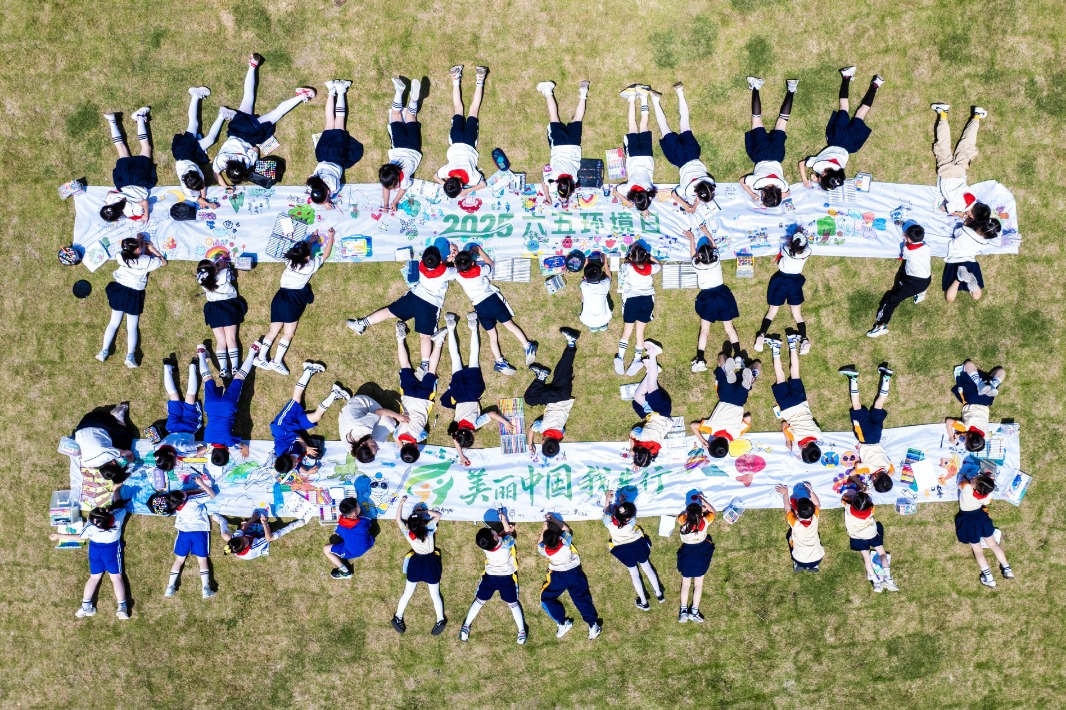Music helps the past and present tune in


As traditional Chinese opera blossomed during the Ming (1368-1644) and Qing (1644-1911) dynasties, Sichuan Opera emerged as a unique and influential art form. Known for its blend of northern and southern vocal styles, Sichuan Opera captivated audiences with its dynamic performances. The exhibition features several artifacts from this period, including wooden folding screens, bricks, and pottery figurines depicting characters from famous Sichuan Opera performances.
The diverse ethnic groups living in Sichuan are also celebrated in the exhibition. Ethnic instruments, including the Yi ethnic group's moon lute, Tibetan copper trumpet, and Qiang flute, are displayed, representing the rich musical traditions of Sichuan's indigenous communities and highlighting the region's diversity.
"The exhibition brings the 1,000-year legacy of Bashu (Ba is the ancient name for Chongqing and Shu for Sichuan) music and dance to Beijing for the first time," says Wang Ban, vice-president of the NCPA. "Through this exhibition, we not only introduce the musical relics from the regions, but also bridge the gap between the past and present, offering an experience that engages audiences intellectually and emotionally through music and dance."
























